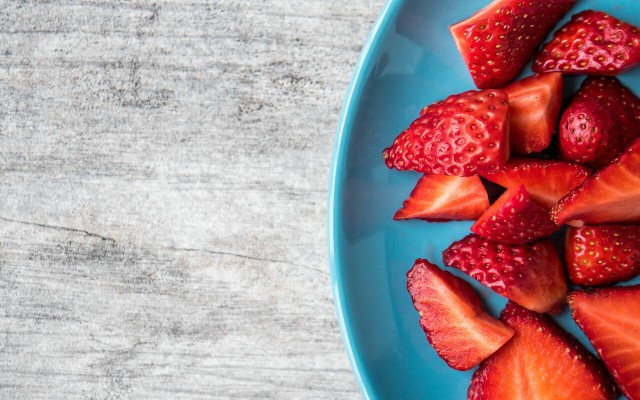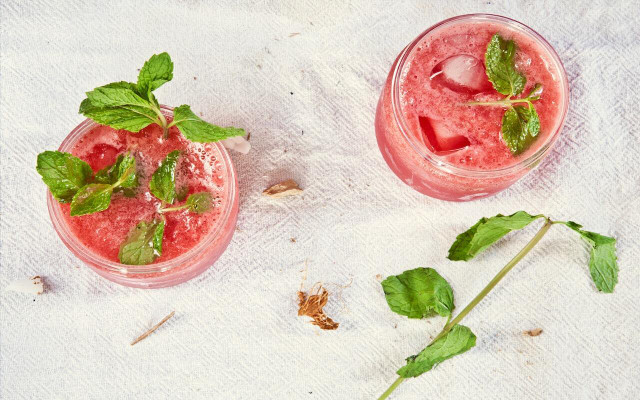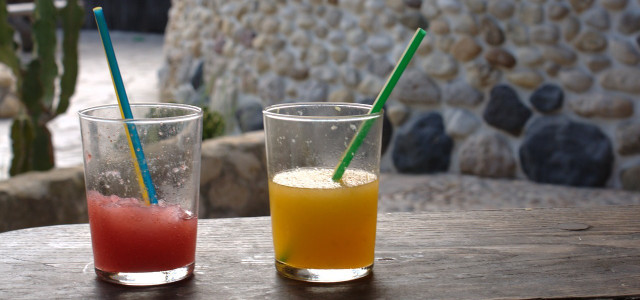Homemade slushies are not only refreshing, they're also healthier for you than their store-bought alternative. Learn how to make your own homemade slushie here.
Go into nearly any ice cream parlor looking for a cold treat, and you’ll find a slushie on the menu. These icy drinks are typically made using finely crushed ice and a bright, sugary syrup filled with artificial colors and flavorings. When Mother Nature has so many delicious and colorful fruits on offer, why choose artificial? These homemade slushies are easy to whip up, are ice cold for those hot and sticky days, and are made using real fruit.
Homemade Slushie Recipe



(Foto: CC0 / Unsplash / Jessica Lewis)
This simple homemade slushie recipe can easily be adapted to suit your cravings – and the season. By using fresh, organic fruit, not only will your slushie taste better, but it will also be better for you since organic produce is grown without the use of harsh chemical pesticides.
Ingredients:
- 1¾ cups fresh organic fruit
- 1 cup ice cubes
- ¼ cup sparkling water or club soda
- optional: fresh herbs
Instructions:
- Wash whichever fruit you’re using, and chop it into smaller pieces.
- Add the fruit, ice cubes, herbs (if using), and sparkling water to a high-powered blender.
- Blend the mixture on high until you achieve the desired slushie texture. If the mixture is too watery, add more ice – if it’s too thick, add more water.
- Pour your homemade slushie into a glass and enjoy!
Homemade Slushie Flavor Ideas



(Foto: CC0 / Unsplash / Neha Deshmukh)
By making a slushie at home, you control what goes into it, which means the possibilities are endless. To help get you started, here are a few delicious combinations:
- watermelon + homegrown mint
- peach + rosemary
- cantaloupe + raspberry
- frozen kiwi + lime
- mixed berries + homegrown basil
Check to see which ingredients you can find at your local farmers’ market. This will allow you to get a better overview of what fruits are in season. To make sure you’re not accidentally buying fruit that’s been stored in energy-intensive facilities, you can also check online which fruits are in season in your region. Going to the market also allows you to avoid the plastic that most grocery stores use to package their fruit. You can also skip the long, CO2 intensive transport routes, and give your local economy a boost – it’s a win-win.
Read on:
- Vitamin D Rich Fruits and Vegetables
- How to Make Candied Lemon Slices: Zero Waste Recipe
- Preserving Plums: How to Enjoy Them All Year Round
Do you like this post?







